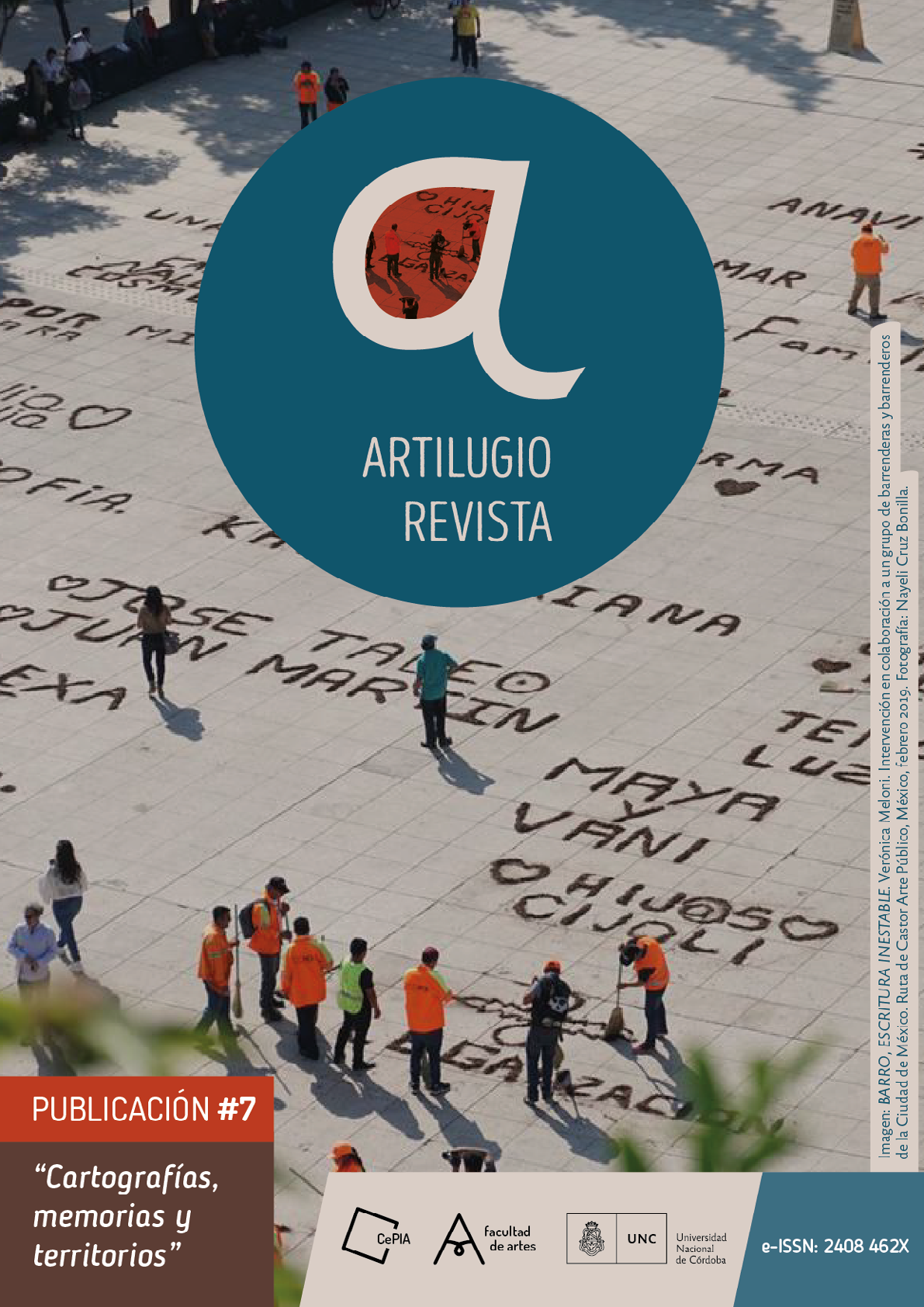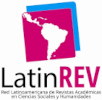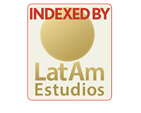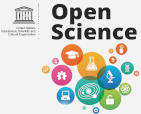Interpellations of memory. How it is remembered in museums, schools and judgments
DOI:
https://doi.org/10.55443/artilugio.n7.2021.34555Keywords:
Memory, Argentina, Museums, Schools, JudgmentsAbstract
This paper explores the category of memory and problematizes its incidence in three different spheres (museums, educational institutions, and legal testimonies offered in the court by victims of State terrorism during the last civic-military dictatorship in Argentina) that have in common the activation of remembrance as an imperative for social coexistence. Memory does not only imply a temporary category that recovers some historical landmarks from the past and discards other minor events, but also incorporates certain frames of reference —cultural, social, anthropological— that make it possible to frame individual memories in collective experiences. Making memory becomes a decisive project for the future, in which it will be necessary to establish —with criterion, forcefulness and lucidity— what to repeat and what to discard of the lived events so that the reality is not obtained in cyclical movements and recurrent sufferings. It is in this sense that memory can be thought of as a utopia, but also as a fundamental guiding principle of justice to avoid violence and inequality. Making memory stands as a political practice in different areas of public and community life.
Downloads
References
Bajtin, M. (1989). Las formas del tiempo y del cronotopo en la novela. En Teoría y estética de la novela [H. Kriúkova y V. Kazcarra, trads.]. Madrid: Taurus.
García Canclini, N. (1989). Culturas híbridas, poderes oblicuos. Méjico D. F.: Grijalbo.
Jelin, E. (2002). ¿De qué hablamos cuando hablamos de memoria? Historia y memoria social. En Los trabajos de la memoria. Madrid: Siglo XXI.
Montenegro, A. (2015). La construcción de una generación hamletiana. Emiliano Bustos y Nicolás Prividera. En C. Palacios y P. Von Stecher (Comps.), Discurso, Memoria, Identidad: intervenciones sobre los fenómenos de la violencia, (pp. 26-36). Buenos Aires: Biblioteca Nacional: Recuperado el 2021, 7 de julio de https://www.academia.edu/24371414/Entre_el_relato_entero_y_el_relato_agujereado._Insistencias_reformulaciones_y_olvidos_en_la_construcci%C3%B3n_de_una_memoria_en_Infancia_Clandestina.
Mosquera, G. (2007). Arte y política: contradicciones, disyuntivas, po-sibilidades. Esfera Pública, marzo 2007. Recuperado el 2021, 7 de julio de https://esferapublica.org/nfblog/arte-y-poltica-contradicciones-disyuntivas-posibilidades/.
Nietzsche, F. (1996). Sobre verdad y mentira en sentido extramoral [L. M. Valdés, trad.]. Madrid: Tecnos.
Reati, F. (1992). Nombrar lo innombrable. Buenos Aires: Ed. Legasa.
Ricoeur, P. (2005). Desafío y felicidad de la traducción. En Sobre la traducción [P. Willson, trad.] Buenos Aires: Paidós.
Traverso, E. (2008). De la memoria y su uso crítico. Puentes, 24, pp. 6-21.
Published
How to Cite
Issue
Section
ARK
License
Copyright (c) 2021 María Virginia Saint Bonnet

This work is licensed under a Creative Commons Attribution-NonCommercial-ShareAlike 4.0 International License.




































